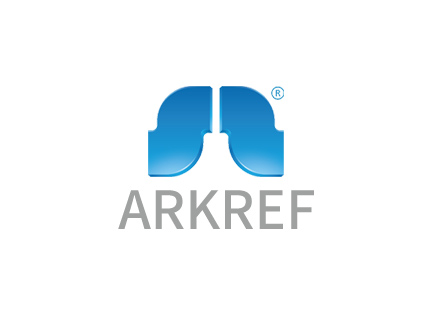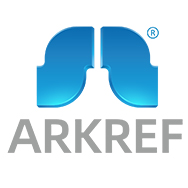How to Select a Water Chiller That Matches Your Requirements
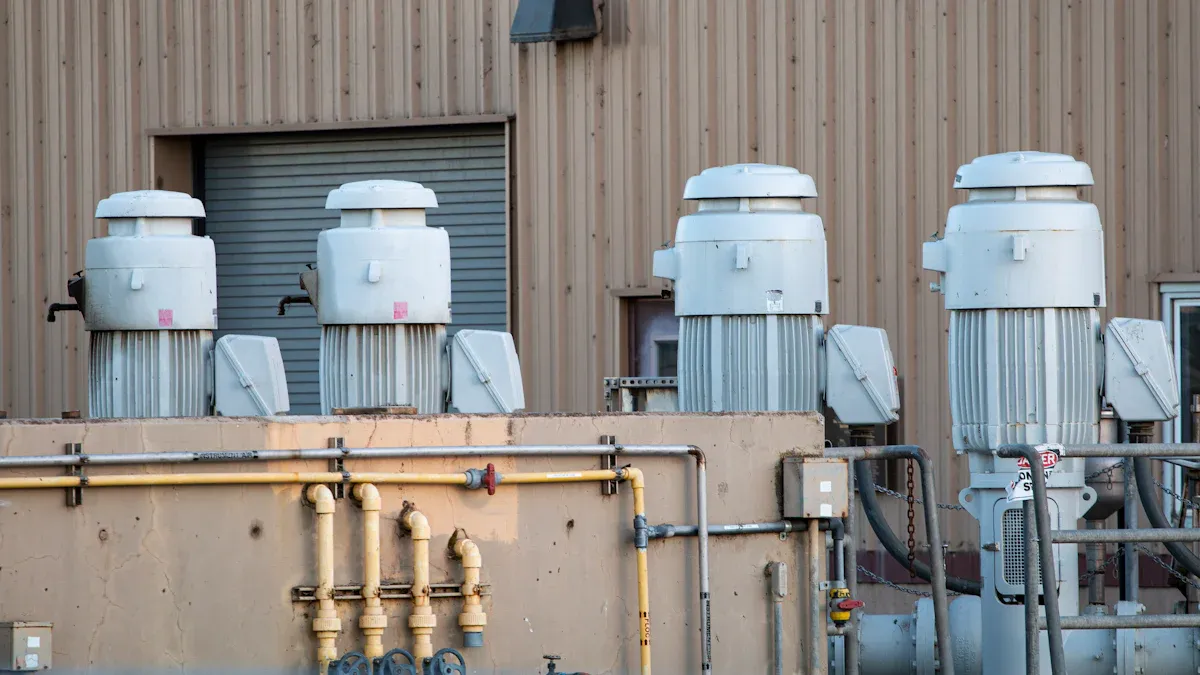
To pick a water chiller that fits your needs, you should think about your cooling needs, the types of chillers, and what your application needs. It is important to look at energy efficiency and reliability. Industrial water-cooled chillers use less energy and can cool big loads. This is very important for places like factories and electronics. If you pick the wrong chiller, you may pay more for energy, have equipment problems, or get uneven temperatures. This guide helps you choose well for factories and special uses by focusing on saving energy and getting good value over time.
Key Takeaways
Understand how much cooling you need. Keep the temperature the same to keep your equipment and products safe.
Pick the best chiller type and size. Think about how much heat you have, how much water you use, and how much energy you need.
Ask manufacturers for help. They can give advice that matches your space, safety, and special needs.
Make sure your budget works with energy efficiency. This helps you save money and stops expensive repairs later.
Take care of your chiller often. Check the water quality, clean the filters, and plan inspections.
Cooling Needs
Application Requirements
First, you need to know what your application needs. Every cooling system is different. In factories, you might cool machines, electronics, or chemicals. Pharmaceutical labs need exact cooling to stop coil freezing and keep things safe. Hospitals need steady cooling to stop flooding and protect important equipment. Aquariums need steady cooling for plants and bacteria to grow. Some plants, like Hygrophila siamensis, will not grow if the water is too cold. You must keep the water warm enough for them. Good bacteria do best between 25–30°C (77–86°F). This helps keep the aquarium healthy.
Tip: Always pick a cooling system that fits your process needs. This helps you avoid expensive downtime or broken equipment.
Temperature & Stability
It is very important to control the temperature in any cooling job. You should set a target temperature and keep it steady. Most industrial chillers work between 0°C and 50°C. The right range depends on how much heat you need to remove. Some systems use sensors to check and change the temperature often. This keeps the temperature steady. If the temperature changes too fast, it can hurt products or machines. Newer systems use smart controls to reach the right temperature quickly. They also stop the temperature from going up and down too much. In aquariums, you must keep the temperature steady for fish and plants. A good chiller keeps the water at the right temperature, even if the heat load changes.
Water Volume & Heat Load
You need to figure out the water volume and heat load to pick the right chiller size. The heat load tells you how much energy you need to remove. Use the formula Q = m * c * ΔT. Here, m is the mass flow rate, c is the specific heat of water, and ΔT is the temperature difference. If you open the valve more, the mass flow rate goes up. The chiller then takes away more heat. This shows how water volume and heat load are linked. Knowing this helps you choose the right size chiller. This makes your system save energy and work well.
Application Setting | Requirement | Solution | Benefit |
|---|---|---|---|
Prevent coil freezing | Freeze Block tech | Keeps the environment steady | |
Hospital | Avoid flooding | Pressure relief | Lowers repair costs |
Aquarium | Stable water temp | Healthy ecosystem |
Chiller Types
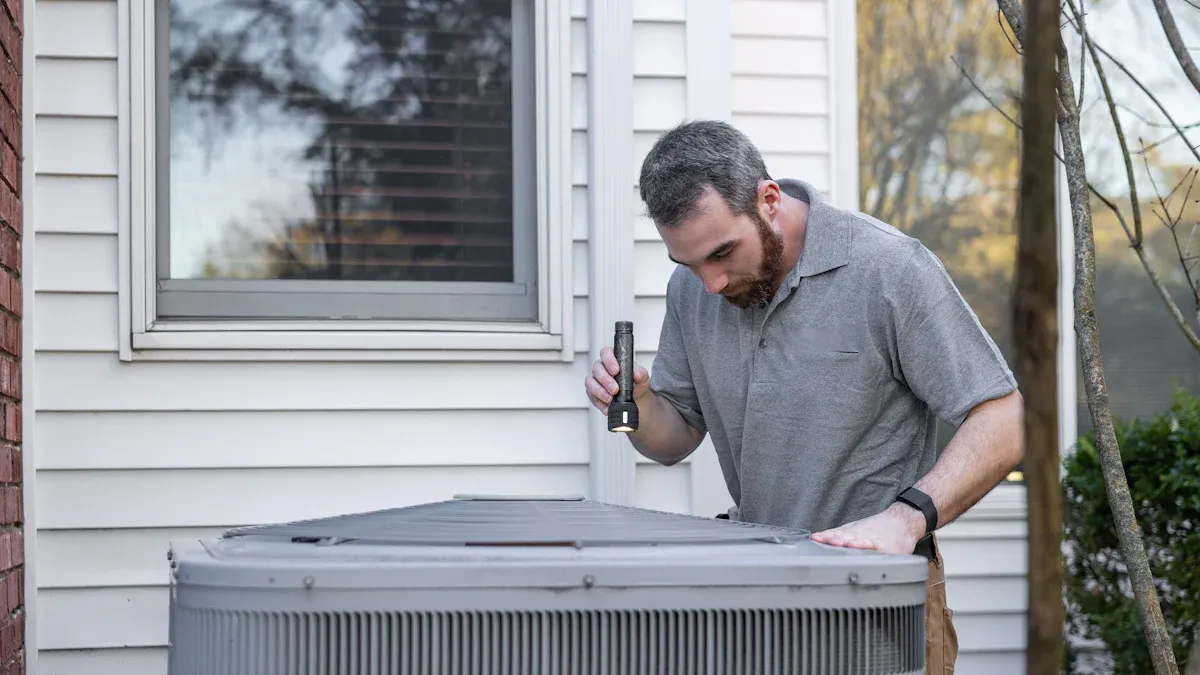
Air-Cooled vs Water-Cooled
When you pick a chiller, you often choose between air-cooled and water-cooled types. Air-cooled chillers use fans to blow air over coils. This helps remove heat from the system. Water-cooled chillers use water to take away heat. If you want something simple and easy to set up, air-cooled chillers are a good choice. They work best where there is good airflow and not much humidity.
Water-cooled chillers save more energy, especially for big jobs. For example, hybrid dry adiabatic cooling systems can keep water at 68°F. They use less energy and water than regular air-cooled chillers. These systems can use up to half the power and much less water. In data centers, liquid cooling cold plates help keep chips cool. This helps remove heat better and saves energy. When you pick a chiller, think about how much energy you use, how much space you have, and your environment.
Note: Water-cooled chillers need a steady water supply and more care. Air-cooled chillers use less water but may need more energy in hot places.
Glycol & Special Chillers
Glycol chillers use water mixed with glycol to cool things down. This mix stops freezing and works well outside or in very cold places. You should pick glycol chillers if you need cooling below 0°C or if freezing is a risk. Some places need explosion-proof chillers. These chillers stop sparks and follow strict safety rules. Some chillers have extra filters or special parts to stop rust in tough places.
Glycol chillers: Good for cold weather and outdoor use.
Explosion-proof chillers: Needed in chemical plants or places with flammable gases.
Corrosion-resistant chillers: Good for salty air or places with lots of chemicals.
Portable vs Stationary
You can pick portable or stationary chillers. Portable chillers are easy to move and help with short-term or changing needs. They are good for events, backup, or small jobs. Stationary chillers stay in one spot and handle bigger, long-term jobs. If you need to cool big machines or whole buildings, pick a stationary chiller. Always match your chiller to your energy needs and the size of your job.
Tip: Check your cooling needs and energy use before you pick a portable or stationary chiller. This helps you save money and keeps your system working well.
Choosing the Right Chiller
Water Chiller Sizing
You must pick the right size water chiller for good results. First, check your water volume and how much heat you need to remove. Use this formula for heat load:Q = m × c × ΔT
Q means heat load, m is mass flow rate, c is the specific heat of water, and ΔT is the temperature change you want. This math helps you know what size chiller you need.
If your chiller is too small, it will run all the time and waste power. If it is too big, you will pay too much and may have control problems. Always match the chiller size to your real cooling needs. This guide helps you avoid mistakes and get the best chiller for your job.
Tip: Write down your water amount and the temperature you want before you look at chillers. This makes picking the right chiller much easier.
Manufacturer Consultation
Talking to the manufacturer helps you pick the best water chiller. When you talk to them, you can:
Say what temperature change you need for your work.
Find the best energy-saving choice to use less power and cut pollution.
Decide if you need more than one chiller for nonstop work.
Share things about your space, like safety and noise rules.
Tell them about your water quality to stop damage.
Talk about special needs like explosion-proof parts or less shaking.
When you share these things, the maker can suggest chillers that fit your place. This stops bad performance, wasted energy, and equipment trouble. You get a chiller that works well and meets your cooling needs.
Note: You do not have to be a big factory to ask for help. Small businesses and aquarium owners can also get good advice.
Budget & Efficiency
You need to balance your budget with saving energy and getting good value. Do not just look at the price to buy. Think about all costs, like energy, fixing, and care. A chiller that saves energy may cost more at first, but it saves money later by lowering your bills.
Use this table to compare your choices:
Factor | Low-Cost Chiller | Energy-Efficient Chiller |
|---|---|---|
Upfront Cost | Lower | Higher |
Energy Consumption | Higher | Lower |
Maintenance Needs | More frequent | Less frequent |
Long-Term Savings | Less | More |
Always think about chiller size and if it fits your cooling needs. A good guide helps you compare and pick the best water chiller for you. The right chiller gives you steady work, saves energy, and stops costly breakdowns.
Remember: Spending smart now means lower costs and better results later.
Installation & Maintenance
Space & Location
Pick a good place for your chiller. Make sure there is enough room for air to move. This helps the chiller work well and last longer. Do not put it in small or crowded spaces. If you put it outside, keep it safe from rain and sun. Check if the floor can hold the chiller’s weight. Leave space around it for fixing and checking. This makes repairs easier and safer.
Tip: Measure your space before buying a chiller. This can help you avoid spending extra money later.
Water Quality & Filtration
You need to use clean water in your chiller. Dirty water can block pipes and break parts. Filters help take out dirt and tiny bits. Look at the filter often and change it when needed. If you use tap water, test it for minerals or chemicals. Hard water can make scale inside the chiller. This makes it work less well and can cause it to break. Clean water keeps your chiller working and protects your money.
Test the water before you fill the system.
Put filters where the water comes in.
Clean or change filters on a set schedule.
Maintenance & Longevity
Take care of your chiller so it lasts longer. Check your chiller every month. Look for leaks, odd sounds, or warning lights. Clean the coils and fans to stop dust from building up. Oil moving parts if the manual says to do so. Have a technician check it once a year. This helps you find problems early and avoid big repairs. Write down all the work you do on your chiller. Good notes help you see problems and plan ahead.
Note: Taking care of your chiller saves energy and cuts repair costs over time.
Right Aquarium Chiller
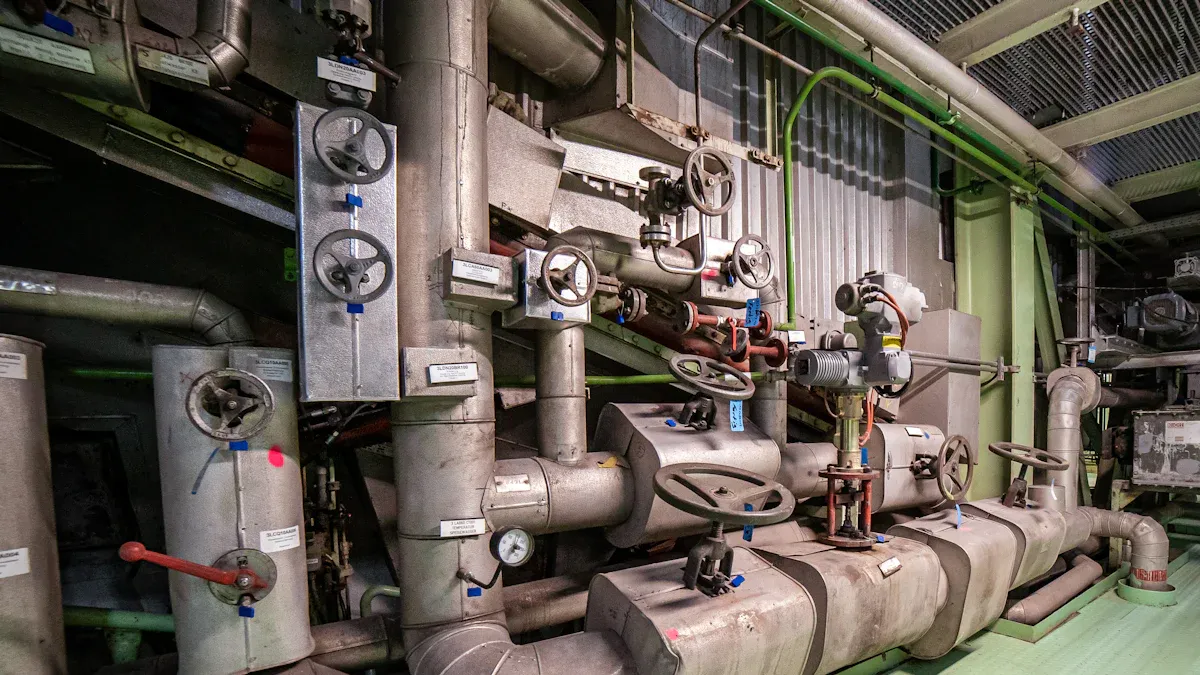
Sizing for Tanks
Pick an aquarium chiller that matches your tank size and heat. First, measure all the water in your tank and sump. Add any water from other connected systems too. Next, figure out how much heat your equipment makes. Add up the watts from your lights, pumps, and other gear. Use these numbers to find a chiller that can cool your tank.
For most home tanks, use this easy chart:
Tank Size (Gallons) | Typical Chiller Size (HP) |
|---|---|
Up to 50 | 1/10 |
50–100 | 1/6 |
100–180 | 1/4 |
180–300 | 1/3 |
Tip: Pick a chiller that is a little bigger than you need. A bigger chiller works better and keeps your tank safe.
Stability & Features
Fish and corals need steady water temperatures to stay healthy. Marine and reef tanks need very careful temperature control. Fast changes can hurt or kill some animals. Find a chiller with a digital thermostat. This lets you set the exact temperature you want. Some chillers have alarms if the water gets too hot or cold.
If your tank is in a living room, pick a quiet chiller. Look for chillers made with materials that do not rust, especially for saltwater tanks. Filters that are easy to clean make care simple. Simple steps help your chiller last longer. Choose chillers that use less energy to save money on power.
Remember: The right chiller keeps your fish and corals safe and healthy.
You can pick the best water chiller by doing a few things. First, think about how much cooling you need. Next, look at different chiller types and pick the right size. Ask experts for help to match your needs. Make sure the chiller is efficient and works well for a long time. Talk to the maker for advice that fits your job. If you want to know what happens when you buy a chiller, get our checklist or ask for a price today.
FAQ
What size water chiller do you need for your application?
You should calculate your heat load and water volume. Use the formula Q = m × c × ΔT to find the right size. Always choose a chiller that matches or slightly exceeds your needs.
How often should you maintain your water chiller?
Check your chiller every month. Clean filters and coils as needed. Schedule a professional inspection once a year. Regular care helps your chiller last longer and work better.
Can you use tap water in your chiller?
You can use tap water, but test it first. Hard water or water with many minerals can cause scale and damage. Use filters and treat the water if needed to protect your system.
What features should you look for in an aquarium chiller?
Look for:
Digital thermostat for precise control
Quiet operation
Corrosion-resistant materials
Easy-to-clean filters
These features help keep your tank safe and your chiller running smoothly.
See Also
How To Choose The Best Industrial Water Chiller Systems
A Complete Guide To Water Chiller Units Functionality
Proven Strategies To Maximize Walk-In Chiller Performance
Step-By-Step Advice For Selecting The Perfect Walk-In Cooler
